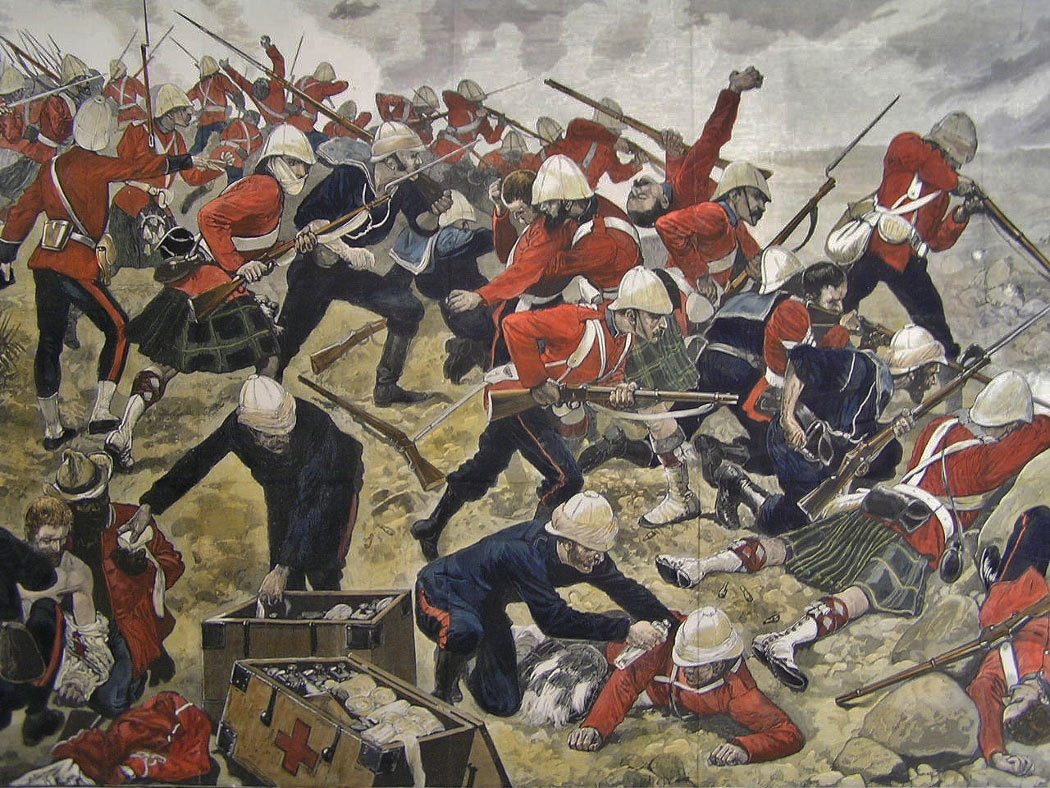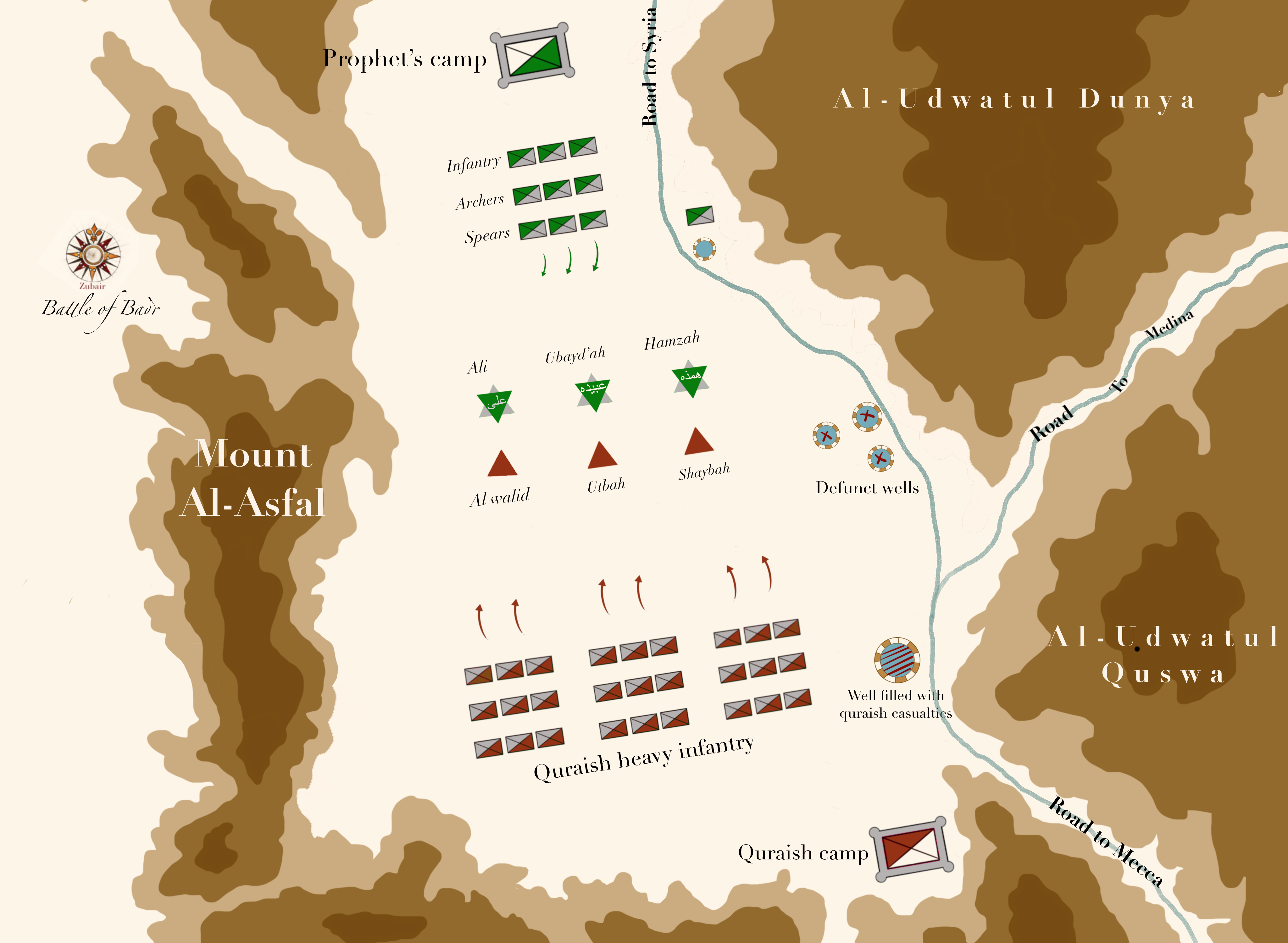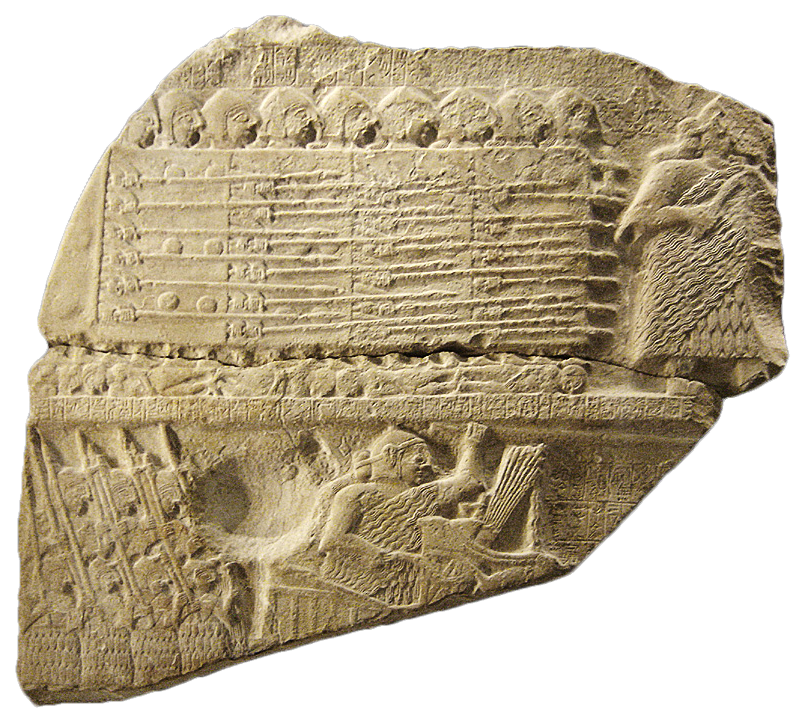|
Battle Of Aba
The Battle of Aba, which took place on 12 August 1881, was the opening battle of the Mahdist War. The incident saw Mahdist rebels, led by Muhammad Ahmad, who had proclaimed himself the Mahdi, rout Egyptian troops who had landed on Aba Island. Background In March 1881, Muhammad Ahmad, living on Aba Island on the White Nile, before his "inner circle" (which included Abdallahi ibn Muhammad, who would become known as "the Khalifa"), announced that he was the Mahdi. He based this off of a dream he had where he was visited by Muhammad and Jesus. The Governor-General of the Sudan, Ra'uf Pasha, soon sent Mohammad Bey Abu Sa'ud to investigate the situation. Arriving on Aba Island on 7 August 1881, Abu Sa'ud requested that Muhammad Ahmad come to Khartoum (the capital of Sudan) to meet with the Governor-General. The Mahdi refused and Abu Sa'ud warned him that he "must give up his claim to be the Mahdi" and then left the island. Battle After that meeting, an "arrest-party" of 200 Egyptian ... [...More Info...] [...Related Items...] OR: [Wikipedia] [Google] [Baidu] |
Mahdist War
The Mahdist War (; 1881–1899) was fought between the Mahdist Sudanese, led by Muhammad Ahmad bin Abdullah, who had proclaimed himself the "Mahdi" of Islam (the "Guided One"), and the forces of the Khedivate of Egypt, initially, and later the forces of Britain. After four years, the Mahdist rebels overthrew the Ottoman-Egyptian administration with the fall of Khartoum and gained control over Sudan. The Mahdist State launched several unsuccessful invasions of their neighbours, expanding the scale of the conflict to also include the Italian Empire, the Congo Free State and the Ethiopian Empire. They also faced significant internal rebellion. Anglo-Egyptian forces reconquered Sudan in 1898 and the Mahdist state collapsed following defeat at the battle of Omdurman. The last organised resistance from the Mahdists ended the next year, leading to the creation of Anglo-Egyptian Sudan (1899–1956), a ''de jure'' condominium of the British Empire, and the Kingdom of Egypt, in which ... [...More Info...] [...Related Items...] OR: [Wikipedia] [Google] [Baidu] |
Ra'uf Pasha
Muhammad Rauf Pasha (c. 1832 – 1888) was an Egyptian soldier and colonial administrator who served in turn as governor of Equatoria and Harar, and governor general of Sudan. Early career Muhammad Rauf Pasha was born in 1832, to an Ethiopian mother and either a Nubian or Berber father. Nevertheless he was an Egyptian officer who rose through the ranks of the country's military in contrast to foreign mercenaries hired by the Khedive. He was from Minya. He rose in the army, accepting posts in a difficult region that most Egyptian officers did their best to avoid but which he saw as presenting opportunity. Rauf Pasha became a general in the Egyptian army He had considerable experience in Sudan, but was considered mediocre by the British.One historian said dryly that he was envied "for his skill at baccarat". While a young officer Rauf Bey was chief of staff to Samuel Baker in Equatoria. On 23 January 1872 Baker left Rauf Bey with 340 men to garrison Ismailia while he undertook ... [...More Info...] [...Related Items...] OR: [Wikipedia] [Google] [Baidu] |
Conflicts In 1881
Conflict may refer to: Social sciences * Conflict (process), the general pattern of groups dealing with disparate ideas * Conflict continuum from cooperation (low intensity), to contest, to higher intensity (violence and war) * Conflict of interest, involvement in multiple interests which could possibly corrupt the motivation or decision-making * Cultural conflict, a type of conflict that occurs when different cultural values and beliefs clash * Ethnic conflict, a conflict between two or more contending ethnic groups * Group conflict, conflict between groups * Intragroup conflict, conflict within groups * Organizational conflict, discord caused by opposition of needs, values, and interests between people working together * Role conflict, incompatible demands placed upon a person such that compliance with both would be difficult * Social conflict, the struggle for agency or power in something * Work–family conflict, incompatible demands between the work and family roles of ... [...More Info...] [...Related Items...] OR: [Wikipedia] [Google] [Baidu] |
Battles Involving Sudan
A battle is an occurrence of combat in warfare between opposing military units of any number or size. A war usually consists of multiple battles. In general, a battle is a military engagement that is well defined in duration, area, and force commitment. An engagement with only limited commitment between the forces and without decisive results is sometimes called a skirmish. The word "battle" can also be used infrequently to refer to an entire operational campaign, although this usage greatly diverges from its conventional or customary meaning. Generally, the word "battle" is used for such campaigns if referring to a protracted combat encounter in which either one or both of the combatants had the same methods, resources, and strategic objectives throughout the encounter. Some prominent examples of this would be the Battle of the Atlantic, Battle of Britain, and the Battle of France, all in World War II. Wars and military campaigns are guided by military strategy, whereas batt ... [...More Info...] [...Related Items...] OR: [Wikipedia] [Google] [Baidu] |
1881 In Sudan
Events January * January 1– 24 – Siege of Geok Tepe: Russian troops under General Mikhail Skobelev defeat the Turkomans. * January 13 – War of the Pacific – Battle of San Juan and Chorrillos: The Chilean army defeats Peruvian forces. * January 15 – War of the Pacific – Battle of Miraflores: The Chileans take Lima, capital of Peru, after defeating its second line of defense in Miraflores. * January 24 – William Edward Forster, chief secretary for Ireland, introduces his Coercion Bill, which temporarily suspends habeas corpus so that those people suspected of committing an offence can be detained without trial; it goes through a long debate before it is accepted February 2. Note that Coercion bills had been passed almost annually in the 19th century, with a total of 105 such bills passed from 1801 to 1921. * January 25 – Thomas Edison and Alexander Graham Bell form the Oriental Telephone Company. February * February 13 &nd ... [...More Info...] [...Related Items...] OR: [Wikipedia] [Google] [Baidu] |
Battle Of Badr
The Battle of Badr or sometimes called The Raid of Badr ( ; ''Ghazwahu Badr''), also referred to as The Day of the Criterion (, ; ''Yawm al-Furqan'') in the Qur'an and by Muslims, was fought on 13 March 624 CE (17 Ramadan, 2 AH), near the present-day city of Badr, Al Madinah Province in Saudi Arabia. Muhammad, commanding an army of his Sahaba, defeated an army of the Quraysh led by Amr ibn Hishām, better known among Muslims as ''Abu Jahl''. The battle marked the beginning of the six-year war between Muhammad and his tribe. The Battle of Badr took place after five or six unsuccessful attempts by the Muslims to intercept and raid Meccan trade caravans between 623 and early 624 CE. Muhammad took keen interest in capturing Meccan caravans and their wealth after his migration to Medina. A few days before the battle, when he learnt of a Makkan caravan returning from the Levant led by Abu Sufyan ibn Harb, Muhammad gathered a small expeditionary force to raid it. Abu Sufyan, le ... [...More Info...] [...Related Items...] OR: [Wikipedia] [Google] [Baidu] |
Sword
A sword is an edged and bladed weapons, edged, bladed weapon intended for manual cutting or thrusting. Its blade, longer than a knife or dagger, is attached to a hilt and can be straight or curved. A thrusting sword tends to have a straighter blade with a pointed tip. A slashing sword is more likely to be curved and to have a sharpened cutting edge on one or both sides of the blade. Many swords are designed for both thrusting and slashing. The precise definition of a sword varies by historical epoch and geographic region. Historically, the sword developed in the Bronze Age, evolving from the dagger; the Bronze Age sword, earliest specimens date to about 1600 BC. The later Iron Age sword remained fairly short and without a crossguard. The spatha, as it developed in the Late Roman army, became the predecessor of the European sword of the Middle Ages, at first adopted as the Migration Period sword, and only in the High Middle Ages, developed into the classical Knightly sword, ar ... [...More Info...] [...Related Items...] OR: [Wikipedia] [Google] [Baidu] |
Spear
A spear is a polearm consisting of a shaft, usually of wood, with a pointed head. The head may be simply the sharpened end of the shaft itself, as is the case with Fire hardening, fire hardened spears, or it may be made of a more durable material fastened to the shaft, such as bone, flint, obsidian, copper, bronze, iron, or steel. The most common design for hunting and/or warfare, since modern times has incorporated a metal spearhead shaped like a triangle, lozenge (shape), diamond, or Glossary of leaf morphology, leaf. The heads of fishing spears usually feature multiple sharp Tine (structural), points, with or without barbs. Spears can be divided into two broad categories: those designed for thrusting as a melee weapon (including weapons such as lances and Pike (weapon), pikes) and those designed for throwing as a ranged weapon (usually referred to as javelins). The spear has been used throughout human history as a weapon for hunting and/or fishing and for warfare. Along with ... [...More Info...] [...Related Items...] OR: [Wikipedia] [Google] [Baidu] |
Hoe (tool)
A hoe is an ancient and versatile agricultural and horticultural hand tool used to shape soil, remove weeds, clear soil, and harvest root crops. Shaping the soil includes piling soil around the base of plants ( hilling), digging narrow furrows ( drills) and shallow trenches for planting seeds or bulbs. Weeding with a hoe includes agitating the surface of the soil or cutting foliage from roots, and clearing the soil of old roots and crop residues. Hoes for digging and moving soil are used to harvest root crops such as potatoes. Types There are many kinds of hoes of varied appearances and purposes. Some offer multiple functions, while others have only a singular and specific purpose. There are two general types of hoe: draw hoes for shaping soil, and scuffle hoes for weeding and aerating soil. A draw hoe has a blade set at approximately a right angle to the shaft. The user chops into the ground and then pulls (draws) the blade towards them. Altering the angle of the hand ... [...More Info...] [...Related Items...] OR: [Wikipedia] [Google] [Baidu] |
Merchant
A merchant is a person who trades in goods produced by other people, especially one who trades with foreign countries. Merchants have been known for as long as humans have engaged in trade and commerce. Merchants and merchant networks operated in ancient Babylonia, Assyria, China, Egypt, Greece, India, Persia, Phoenicia and Rome. During the European medieval period, a rapid expansion in trade and commerce led to the rise of a wealthy and powerful merchant class. The European Age of Discovery opened up new trading routes and gave European consumers access to a much broader range of goods. By the 18th century, a new type of manufacturer-merchant had started to emerge and modern business practices were becoming evident. The status of the merchant has varied during different periods of history and among different societies. In modern times, the term ''merchant'' has occasionally been used to refer to a businessperson or someone undertaking activities (commercial or industrial) for ... [...More Info...] [...Related Items...] OR: [Wikipedia] [Google] [Baidu] |
Turco-Egyptian Sudan
Turco-Egyptian Sudan (), also known as Turkish Sudan or Turkiyya (, ''at-Turkiyyah''), describes the rule of the Eyalet and later Khedivate of Egypt over what is now Sudan and South Sudan. It lasted from 1820, when Muhammad Ali Pasha started his conquest of Sudan, to the fall of Khartoum in 1885 to Muhammad Ahmad, the self-proclaimed Mahdi. Background After Muhammad Ali crushed the Mamluks in Egypt, a party of them escaped and fled south. In 1811 these Mamluks established a state at Dunqulah as a base for their slave trading. In 1820 the Sultan of Sennar, Badi VII informed Muhammad Ali that he was unable to comply with the demand to expel the Mamluks. In response Muhammad Ali sent 4,000 troops to invade Sudan, clear it of Mamluks, and incorporate it into Egypt. His forces received the submission of the Kashif, dispersed the Dunqulah Mamluks, conquered Kurdufan, and accepted Sannar's surrender from Badi VII. However, the Arab Ja'alin tribes offered stiff resistance. The ... [...More Info...] [...Related Items...] OR: [Wikipedia] [Google] [Baidu] |






